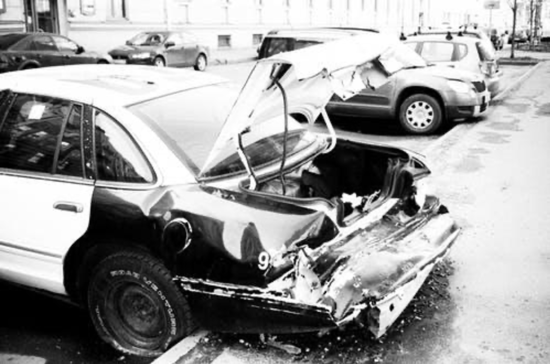There has always been bad blood between motorcyclists and drivers. It has long been one of the most polarizing forces between two groups of people that each love their machines and share the road. There exists the wrong idea that when motorists and motorcycle riders collide, the motorists are automatically at a disadvantage because of the fact that motorcyclists are at a disadvantage in terms of safety.
However, this isn’t always how things work. There are a multitude of factors that can be used to determine which party is at fault. In fact, when a motorist gets involved with a motorcyclist, the outcome of the case will be decided solely on the merits of the law and on the circumstances surrounding the accident. The primary element being negligence.
What Is Negligence?
When a car accident claim (or any accident claim for that matter) is decided, negligence holds the most weight in determining liability. A person is said to have acted in a negligible manner when that person fails to take reasonable measures to prevent the accident from happening. It can also be described as a lack of skill or a lack of foresight.
How Do You Prove Negligence?
There are four elements that need to be present in a circumstance in order to prove that an act was negligent.
– Duty – In that there must have been a law that required both parties involved in the accident to take preventive measures. This law can be violated through action and failure of action. Examples of which are: in speeding through a red light (action) and in failing to use signal lights prior to switching lanes (failure of action). Both of these scenarios expose oneself and others to unnecessary harm.
– Breach – That the law was violated in how the violator fails to act in a reasonable manner in order to prevent the violation. (e.g. speeding despite dense traffic).
– Cause – That the action (or inaction) of the accused caused the injuries of the plaintiff. This is founded on the wisdom that you cannot fault the accused if his actions did not play any part in causing the injury to the plaintiff.
– Damages – These include harm to the plaintiff besides the initial injuries, such as financial loss, loss of mobility, and recurring medical bills. After all, if the plaintiff did not suffer any harm, no damages can be awarded by the court, which would, in effect, defeat the purpose of taking legal action.
What Steps Should You Take?
Should you find yourself in a collision with a motorcycle, the first thing you need to assess is if you or your passengers sustained any life-threatening injuries, after which, you need to check on the rider’s condition. This allows you to get important information that you’re going to need to provide when you call for help. Whatever you do, do not panic because this is when mistakes happen.
When able, document the accident, get each other’s contact information, and try to come to an agreement. If an agreement cannot be met, then you need to hire a Motorcycle Accident lawyer to help you get due compensation and to guide you on how to deal with this situation.
Again, motorists are not necessarily at an immediate legal disadvantage versus motorcyclists. There are many factors that determine liability and you can rest assured that court proceedings will deal with the scenario fairly, based on the circumstances of the accident.

Image Source: Pexels



Speak Your Mind